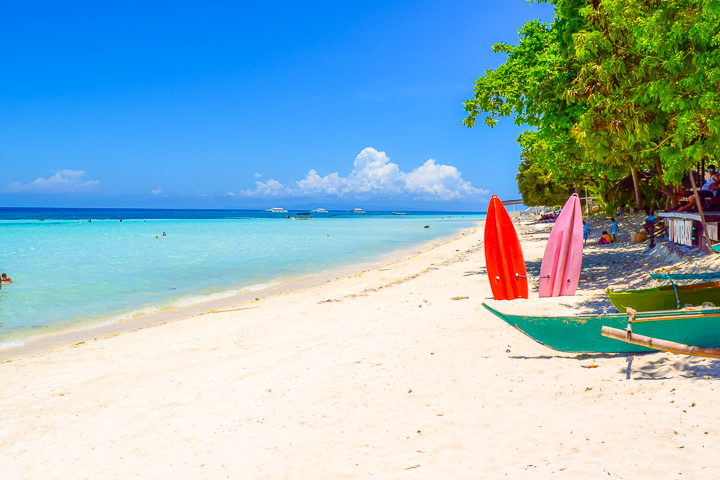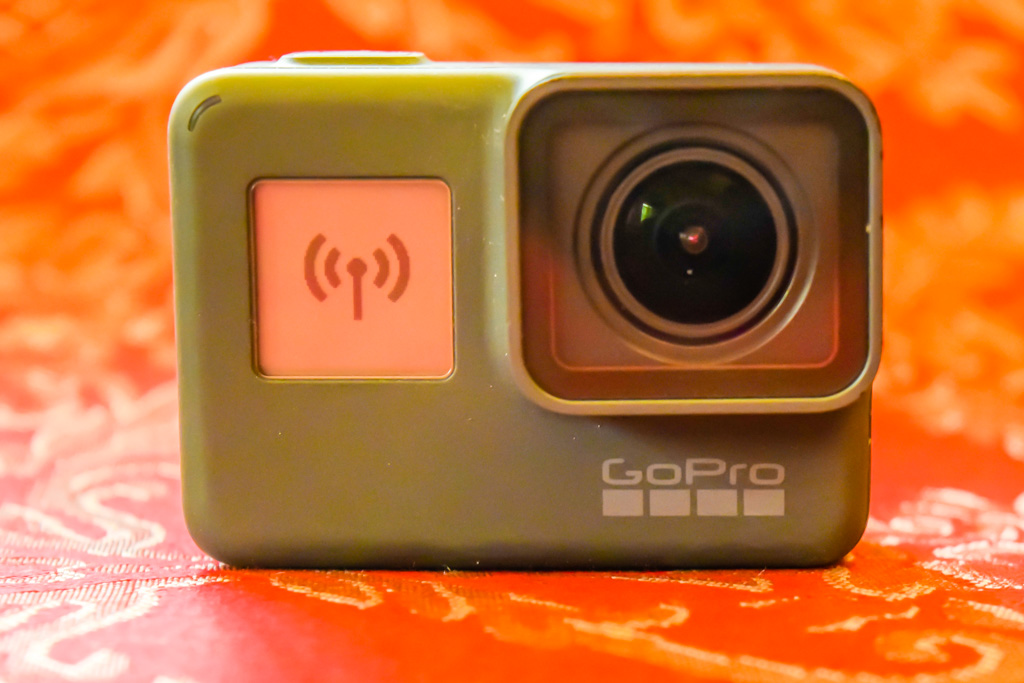When you travel overseas it is best to work out all the difficult things before you go. This is so you don’t waste tot much of your precious time when you arrive, figuring out what SIM card to buy, or what attraction to see first. Would you like a summary of the most important things to research?
Note: This post may contain affiliate links. Please read our disclosure policy for more information.
Most Important Thing to Bring on Your Overseas Holiday
But there is one more important thing that many people forget to bring. And that is…. BASIC KNOWLEDGE of the host country.
A bit of knowledge goes a long way. I always find that the holiday is much more enjoyable when you are armed with a little bit of local knowledge. It helps to fit into the local scene a lot better, and feel more comfortable. Not only that, it can make the holiday so much easier and more relaxing, and isn’t that what holidays are all about? Read on for a list of 9 essential things I make sure I research before every overseas holiday.
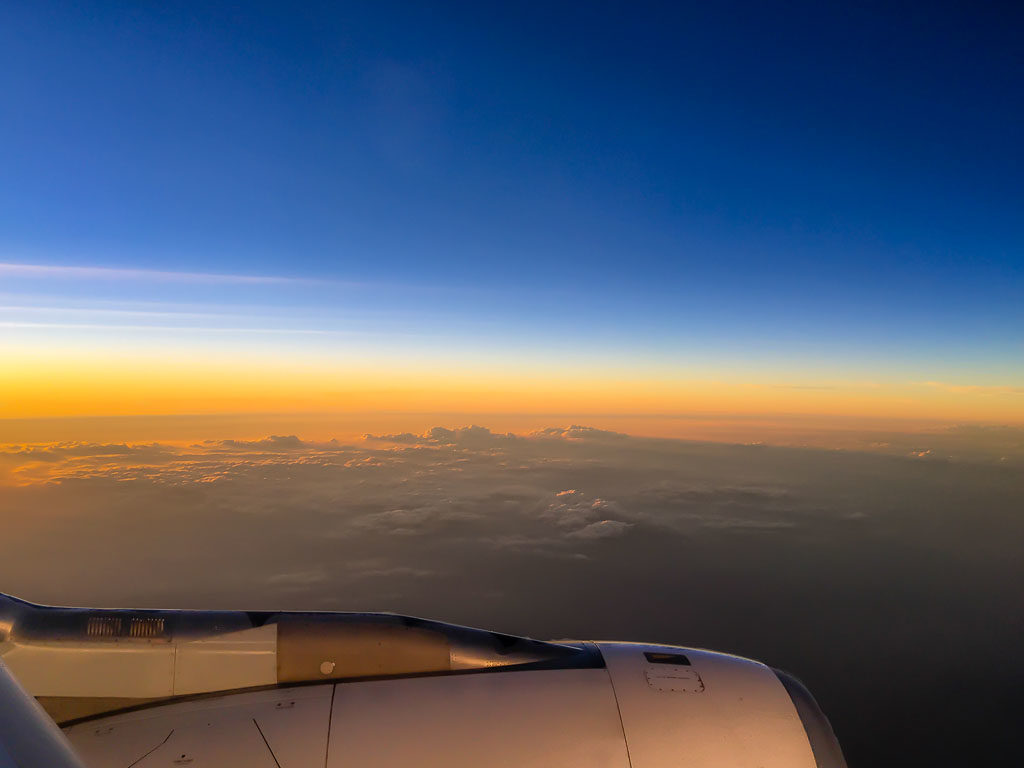
1. Currency Exchange Rate
It is tremendously useful to be able to quickly convert the local currency to my home currency. This helps to convert prices of items or services, and to quickly assess whether I’m getting a good deal.
First thing I do is check the rate on the XE.com app. Of course it’s always loaded onto the front screen of smart phone. Note that real conversion rates is usually at least 5% worse than what the ever-optimistic XE quotes. Well that’s true for my home currency, Australian Dollars (AUD).
Here are some quick examples to show how I would go about coming up with a quick mental calculator.
When travelling to USA:
- Open the XE app on my phone.
- The app shows that 1 USD = 1.28 AUD.
- Add 5% for a more realistic rate, giving 1 USD = 1.34 AUD.
- Now I know that for every USD that you spend, it will cost me $1.34 AUD.
- For a ball park figure, I can just add one third or 33% to convert USD to AUD. Easy, I can do that in my head.
When travelling to Europe:
- The XE app shows me that 1 EUR = 1.57 AUD.
- Add 5% = 1.64 AUD
- For a ball park figure, I can just add two thirds or 66% to convert EUR to AUD.
- Yep, I can do that in a taxi no problems.
The XE app on the front screen on my smart phone also comes in useful for those moments when I don’t feel like working it out, or if I want a more precise calculation. And also when we are quickly travelling through various countries, like in transit.
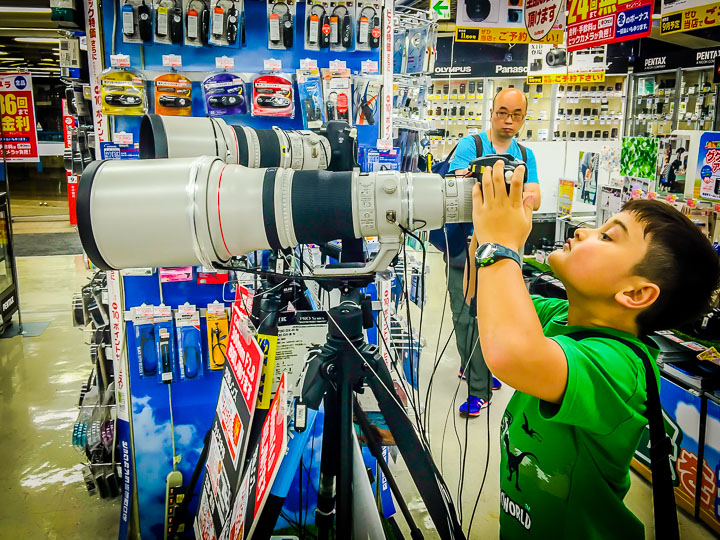
2. Weather Conditions During Our Visit
Firstly I want to know the average weather conditions for our entire trip. Maximum and minimum temperatures usually do the trick. It doesn’t hurt to know how rainy it will be as well. Then I will know what type of clothes to pack. I would figure this out doing a Google search “Climate New York”, or whatever destination we’re travelling to. This quickly brings up a page which shows average temperatures for each month. Just line it up with whatever month we are travelling and there’s all the climate information I need. Great, now I know what weather to pack for.
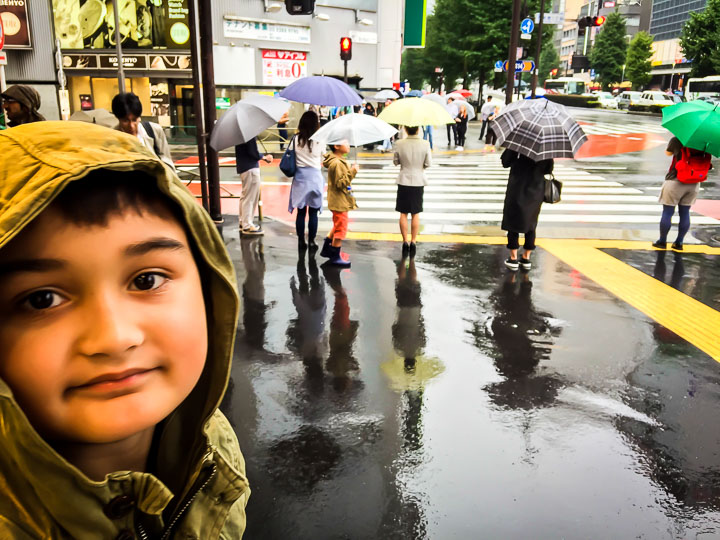
Secondly I want to know the weather prediction when we actually arrive at our destination. If only I had a dollar for every traveller I’ve seen getting off the plane wearing a tee-shirt when it’s freezing outside? Or a thick overcoat when it’s roasting hot outside? I really don’t want to be that person. Apart from looking silly, it’s a waste of prime baggage space. I just use the weather app which is loaded onto the home screen of my iPhone. This quickly shows me the predicted weather each day for the next week or so.
3. Top 10 Tourist Attractions
It’s a good idea to know what are the ‘must see’ spots in our new location. Then we know if we should to set aside a time to see these, if they look like our kind of thing. The easiest way I’ve found to do this is using Trip Advisor, right there on my iPhone. I just type in our destination, and select things to do. This brings up a list of the best things to see and do rated from best to worst. It’s as easy as that. Usually we pick out a couple of great spots in the top ten as must see destinations.
Another great idea is to check the most popular tours. This will give you an idea of local attractions not to be missed. For this we always to go GetYourGuide.com, where you always find great value and popular tours.
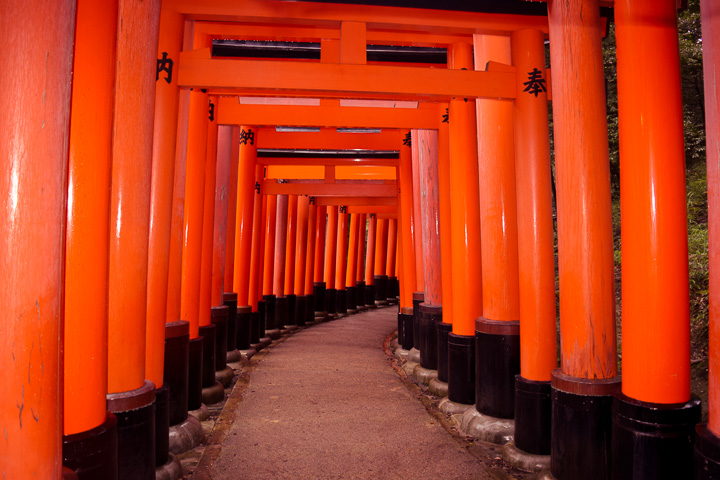
4. Basic Phrases in the Local Language
I find that experiencing an exotic destination is far better when I know just a little bit of local language. Pocket guides like “Lonely Planet Phrase Books” are amazing resources for this. They are small enough to carry in the backpack, and is a great reference on the go. But not everyone is a natural at learning other languages. In fact, if you’re anything like me you may struggle learning any more than a half-dozen words.
So as a bare minimum, I try to learn how to say the following words:
- Please
- thank you
- Hello
- Good bye
- How much
They are easy to find doing a quick Google search, typing in “Vietnam to English for tourists”. By taking the time to know these before arriving, I’m off to a flying start. Actually it’s a great way to pass the time in airports and on your flight. The sky really is the limit with this, it’s an individual choice how far to go with it.
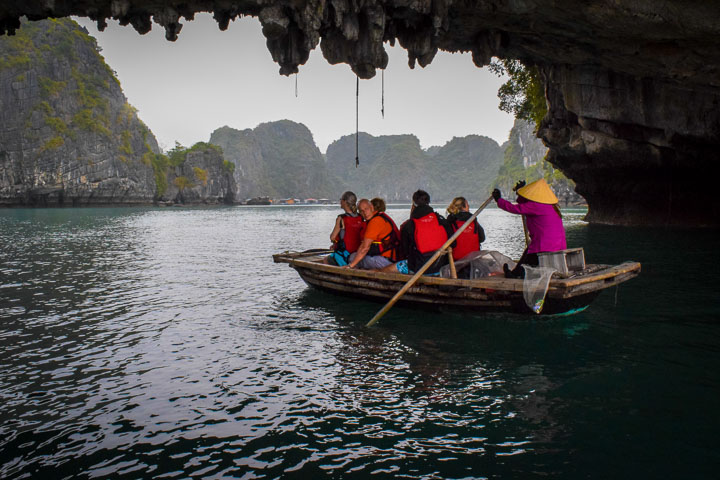
5. Local Taboos
A quick research on local customs and taboos is important. I always try hard to avoid any negative vibes overseas, especially when the cause is violating one of the local taboos. Also it’s fun to observe the locals, and actually understand their strange mannerisms.
Some examples I have encountered – never touch an orange clad monk in Thailand, never point your feet at a person in Laos or never mock / touch any part of the head in Papua New Guinea. Each country has some peculiar rules which you should not break, it is a good idea to know these before leaving home. To research I would do a Google search by typing in “Vietnam customs and taboos” and insert the country we are travelling to. Usually a nice cheat-sheet comes up for whatever country we’re travelling to.
6. Tipping Standards
I always like to know the tipping standards of a country, so we can quickly fit into the norm. Coming from Australia, we are a little averse to tipping because it’s not really required in our home country. However if we travel to the United States, it can be offensive not to tip in a restaurant. 10% tip is normal if you are happy with the service, and 20% or more for excellent service! In Japan however, we learnt that tipping is actually frowned upon and may offend the receiver. Other countries are a lot less, a simple $1 tip to a bell boy for example is probably quite generous in many Asian or African countries.

7. How to Get Around
I like to have a rough idea of how we are going to get around in our destination. Are taxi’s the best way to go? In Tokyo you might have to pay $200 to $400 for a long taxi fare. Yet in Kuala Lumpur a $10 taxi fare is quite large.
Is the metropolitan train system a better way to go? If so, what’s the best way to get tickets, or should I purchase a travel card instead?
If we are travelling between cities our countries I always plan ahead to determine whether bus, train, plane or car are the best method to take. A bit of research up front can save you huge amounts of time, money and frustration.
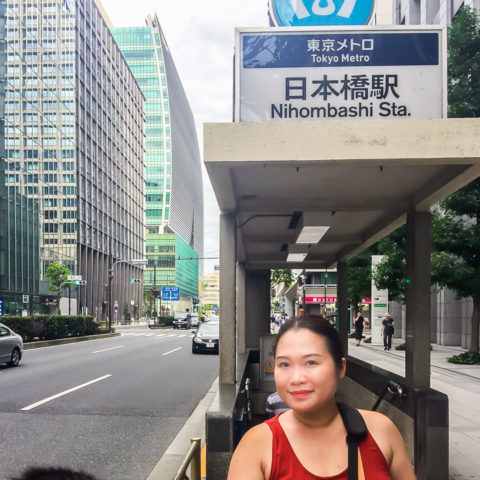
8. Getting From The Airport
Speaking of getting around, when flying into a country I always make sure I have a plan to get from the airport to the next stop figured out. I always research the best method according to our priorities. We may want to take the easiest, or the fastest, or the cheapest, or the most scenic, or something entirely different. By figuring out what we want to achieve, and then doing the research, our trip becomes a whole lot smoother. Usually I will do a Google search using “Best way to get from X to Y”, example “Best way to get from LAX to Hollywood”. This will usually tell you the best way from the airport to your next stop.
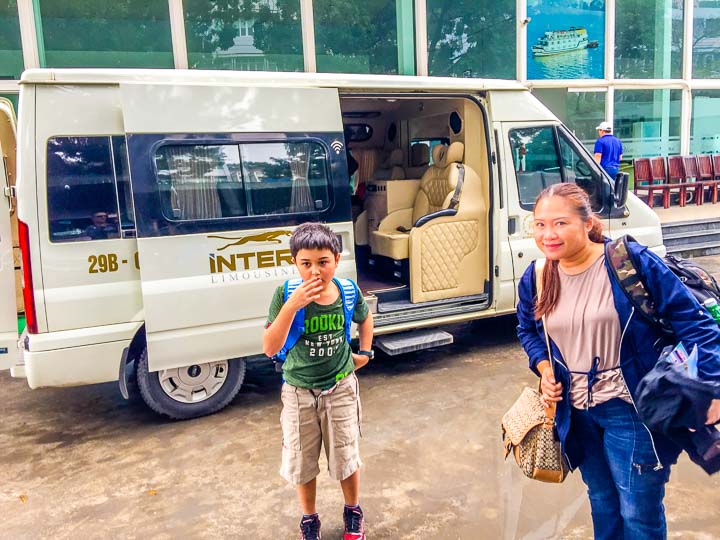
9. Phone carrier research
I always like to use a local SIM card in my phone when overseas. Although roaming has become a lot cheaper over the years, in my experience local SIM cards always work out cheaper and more flexible. Particularly if when the holiday is more than a few days. I always like to know the top 2 or 3 most popular carriers before I arrive. There is usually little difference in the deals offered by the top 2 or 3, and they usually always offer similar coverage. After this simple research it’s a case of finding the most convenient seller when upon arrival.
Picking up a SIM card at the airport. I usually take this SIM card research one step further, however this part is optional. Some airports make it easy to purchase a SIM card at the airport. For example, Manila and Bangkok airports both have phone carrier kiosks right outside the baggage carousel area.
Narita in Tokyo is so organized they even have vending machines at the airport for purchasing your tourist SIM, as well as kiosks. However when I did a Google search on “Can I purchase a SIM card at LAX” I learnt that it’s pretty much impossible to purchase a SIM card at Los Angeles airport. Knowing that, I was able to figure out where to buy outside of the airport. In LA we made a v-line for the nearest shopping mall. It was quite easy, because we knew already what we needed to do.
My preference is always to get a SIM on arrival at the airport. That way I can get straight onto the internet and Google maps to get around that little bit easier.
Pinterest Infographics
Pinterest Infographics are great for anybody who wants to know the basic, but can’t be bothered researching. Simply type in a search term into Pinterest like “Thailand travel infographic”. You’re going to see all sorts of ono page summaries of all the basic travel information relating to that country. And the best thing is, you can save it to your Pinterest board to check anytime on your smartphone.
Our comprehensive Guide to Rail Travel in Japan with an awesome infographic. Please read and share. https://t.co/dbcrQEga6l pic.twitter.com/LzVdU2d7KE
— Japan Station (@JPNStation) March 5, 2018
Time to Settle Into Your New Destination
Okay so you’ve arrived in an exotic new destination, what now? You have the currency figured out. And you know the local customs and a few local words. You know how to get around, and you have the internet in the palm of your hand to help. You have your lift from the airport all organized. The only thing remaining is to chill out and enjoy the holiday. After all, isn’t that what it’s all about!
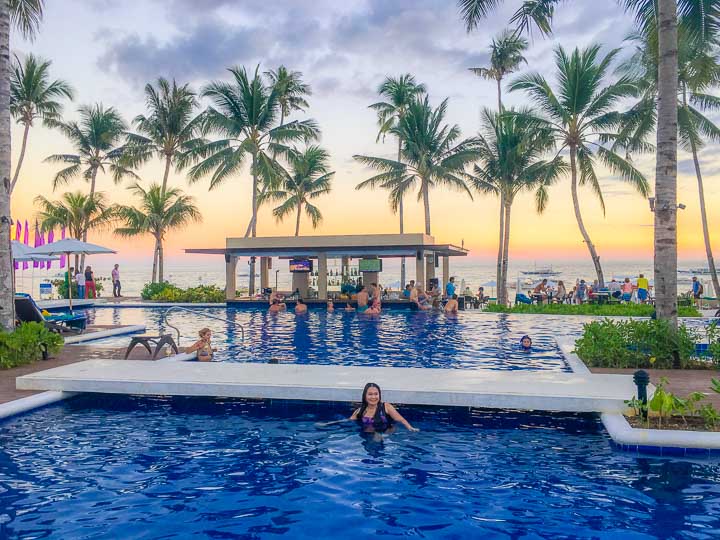
Here’s a great place to research popular attractions – click an image below.
Would you like a free copy of our Ultimate Bucket List?
Not sure where to travel to next? We have created the Ultimate Bucket List to help you plan your next trip. 1170 awesome travel destinations in 167 countries. And we want you to have it for FREE.
Send me the Ultimate Bucket List

